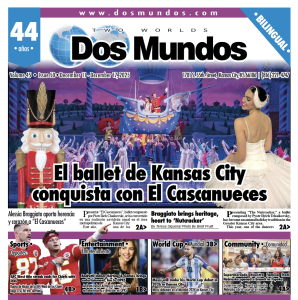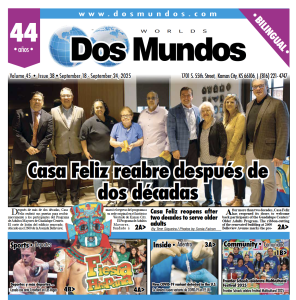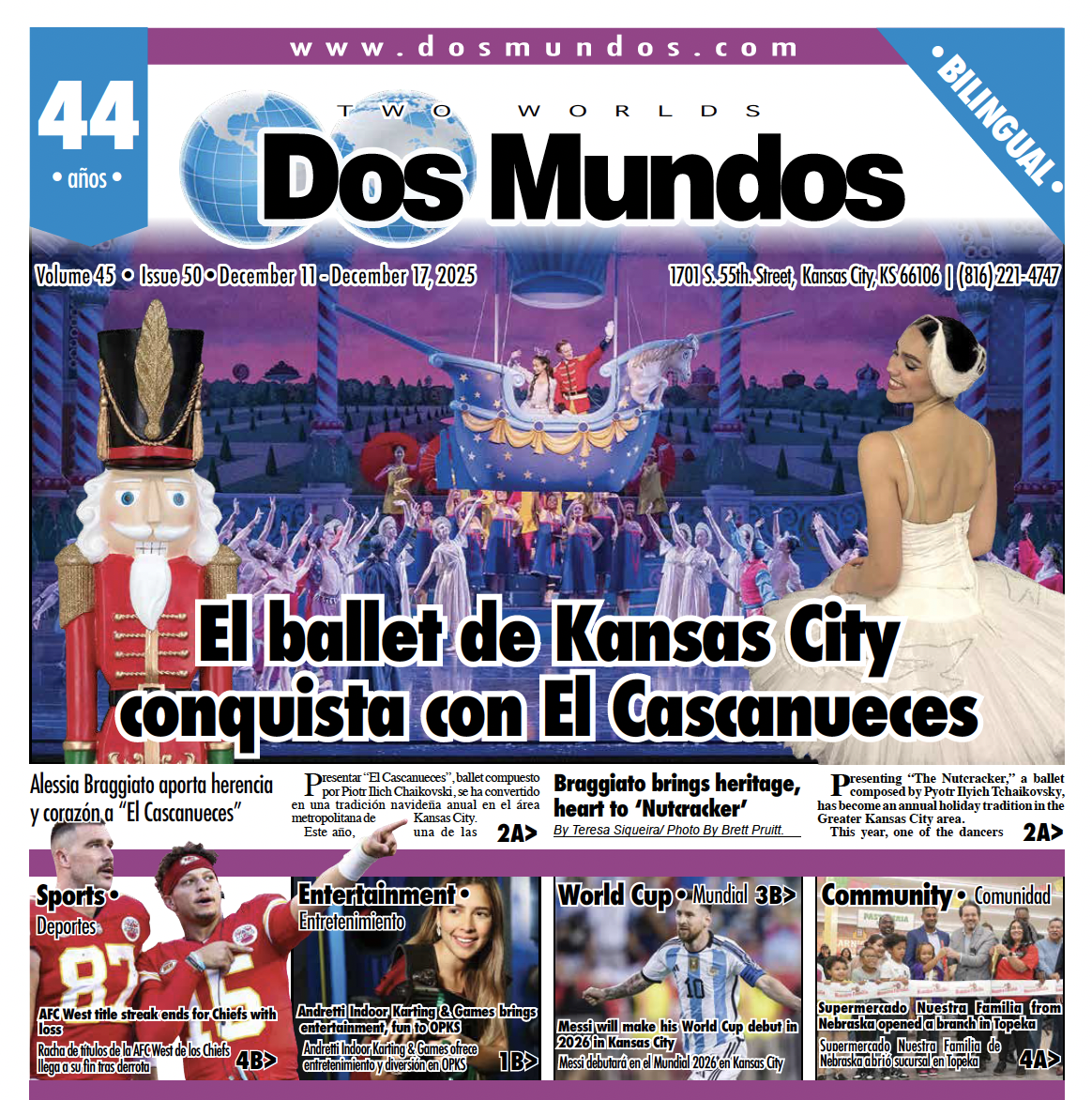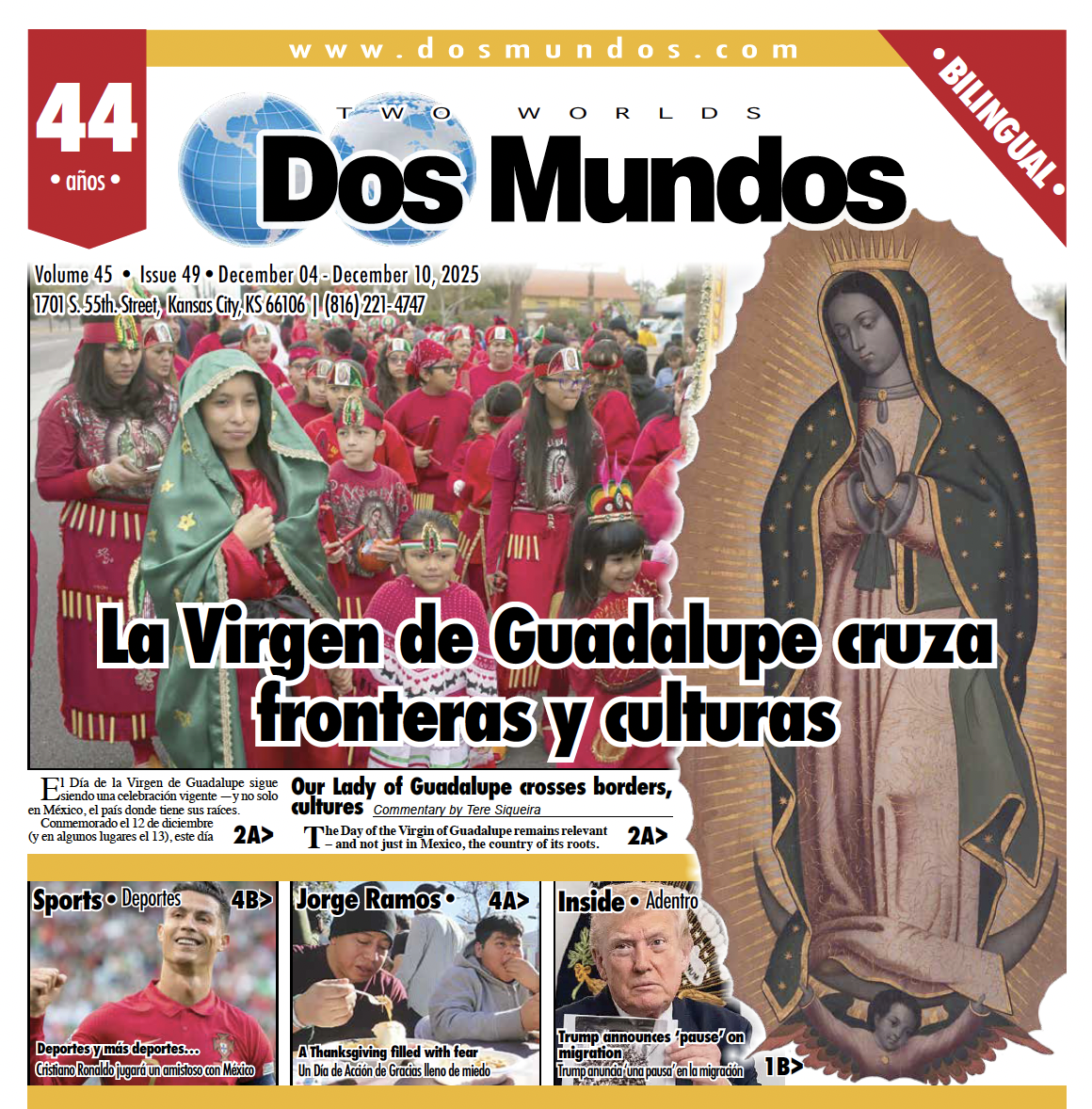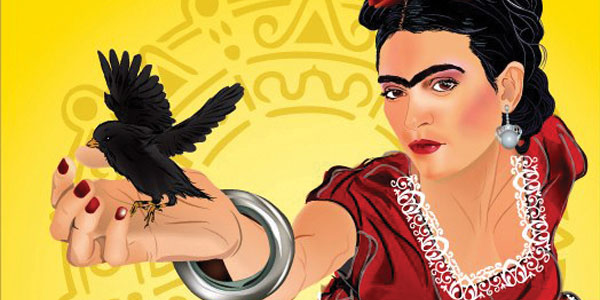
Commentary by Tere Siqueira
Ask Latinos and non-Latinos alike to name a famous female Latin American artist and, chances are, one name will immediately come to mind: Mexican painter Frida Kahlo.
Kahlo has become a cultural icon in recent years, particularly since the release of the 2002 biopic “Frida,” starring and co-produced by Salma Hayek. And for good reason. Or rather, for many good reasons.
Some of the reasons of why Kahlo remains relevant, especially in the Latin community, include the following:
*She defied gender stereotypes: During the early 1900s – a time when Mexican women were denied many rights, including the right to an education – she attended a co-educational school. She also refused to look and act the way Mexican women looked and acted during her time, choosing instead to be herself and create her own look, both with her personal appearance and in her paintings.
*She refused to see herself as a victim: Kahlo experienced many traumatic physical and psychological events during her short life (1907-54). She lived through the bloodshed of the Mexican Revolution. She contracted polio at a young age. She was involved in a tragic bus accident, which led to her spending much of her life disabled. During the final years of her life, she often had to use a wheelchair. Her well-documented relationship with painter Diego Rivera was tempestuous. And yet, although there is always a sense of despair and suffering in her art, her gaze in the photographs taken of her and her self-portraits remains defiant and fierce.
*She was an individualist who didn’t follow artistic movements: Kahlo’s art was almost always starkly autobiographical. As a result, she connected with art lovers on a deep, emotional level.
*She was ahead of her time: Kahlo’s art touched on then-taboo topics, primarily of many female experiences that went ignored during her lifetime.
*She was politically active: Despite her health problems, Kahlo was an active member of the Communist Party. She held a deep belief in the power of communism.
“I’m convinced of my disagreement with the counterrevolution – imperialism, fascism, religion, stupidity, capitalism and the whole gamut of bourgeois tricks,” Kahlo stated in her diary. “I wish to cooperate with the revolution in transforming the world into a classless one, so that we can attain a better rhythm for the oppressed classes.”
____________________________________________________________________________________
El que Kahlo sea un ícono, está totalmente justificado
Pregunte a latinos y no latinos nombrar a una famosa artista latinoamericana y lo más probable es que se les ocurra un nombre: la pintora mexicana Frida Kahlo.
Kahlo se ha convertido en un ícono cultural en los últimos años, particularmente desde el lanzamiento de la película biográfica “Frida” de 2002, protagonizada y co producida por Salma Hayek. Y por una buena razón. O más bien, con muchas buenas razones.
Dentro de algunas de las razones por las cuales Kahlo sigue siendo relevante, especialmente en la comunidad latina, están las siguientes:
* Desafió los estereotipos de género: durante los primeros años del siglo XX, época en que a las mujeres mexicanas se les negaron muchos derechos, incluido el derecho a la educación, asistió a una escuela mixta. También se negó a mirar y actuar de la misma manera en que las mujeres mexicanas lucían y actuaban durante su época, eligiendo en cambio ser ella misma y crear su propio aspecto, tanto en su aspecto personal como en sus pinturas.
* Negó el verse a si misma como una víctima: Kahlo experimentó muchos eventos físicos y psicológicos traumáticos durante su corta vida (1907-54). Vivió el derramamiento de sangre de la Revolución Mexicana. Contrajo polio a temprana edad. Estuvo involucrada en un trágico accidente de autobús, lo que la llevó a pasar gran parte de su vida discapacitada. Durante los últimos años de su vida, a menudo tenía que usar una silla de ruedas. Su relación bien documentada con el pintor Diego Rivera fue bastante tempestuosa. Y, sin embargo, aunque siempre hay una sensación de desesperación y sufrimiento en su arte, su mirada en las fotografías tomadas de ella y sus autorretratos sigue siendo desafiante y feroz.
* Era una persona individualista que no seguía movimientos artísticos: el arte de Kahlo casi siempre era completamente autobiográfico. Como resultado, se conectó con los amantes del arte en un nivel profundo y emocional.
* Se adelantó a su tiempo: el arte de Kahlo tocó temas tabúes, principalmente de muchas experiencias femeninas que fueron ignoradas durante su vida.
* Era políticamente activa: A pesar de sus problemas de salud, Kahlo era un miembro activo del Partido Comunista. Ella creía profundamente en el poder del comunismo.
“Estoy convencida de mi desacuerdo con la contrarrevolución: el imperialismo, el fascismo, la religión, la estupidez, el capitalismo y toda una gama de trucos burgueses”, mencionó Kahlo en su diario. “Deseo cooperar con la revolución para transformar el mundo en un mundo sin clases, para que podamos ofrecer un mejor ritmo de vida para las clases oprimidas“.



